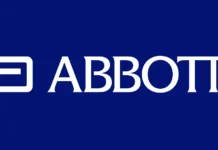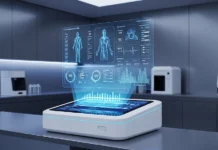A machine learning technology created by Boston Children’s Hospital and Yonsei University predicts no-shows in paediatric medical appointments. The researchers developed a model that identified 83% of no-shows at the time of scheduling by using a data interpolation technique for patients with incomplete details in their records, constructing an easy-to-interpret methodology that illustrates how a prediction is formed, and utilising local meteorological information.
In a post published last week ending June 18, the team noted the no-show prediction algorithm may possibly be instructive when selecting effective actions to reduce no-shows.
BECAUSE IT MATTERS
As the researchers noted, no-show; when a patient makes an appointment but fails to show up can have a negative impact on patient health and hospital and clinic resource consumption. When a patient doesn’t show up for an appointment, they can’t get treatment, preventive care, or medical checkups. Because of this, they wrote, missed appointments have been linked to poor control of chronic illnesses and late arrival to care.
Reseachers stated that while the increase in available data has improved no-show prediction capabilities, difficulties still exist. The team aims to solve these problems.
When compared to a technique that can only be taught to patients with complete information, they discovered that integrating patients’ data with missing information considerably enhances the models’ predictive accuracy. Their analysis revealed that including local weather data into predictive features enhances the accuracy of the model, the researchers added, referring to atmospheric pressure.
In addition, the team highlighted possibly actionable strategies for future research into how to decrease patient no-shows. They claimed that their methodology could be useful for interventions like texting, emailing, or calling patients. It may also be useful to compute the ideal regularity at which notifications for each patient should be delivered, as well as to properly distribute free transportation resources when needed, they said.
They recognise that the therapies indicated above may not always be accessible in clinics with limited resources. With this constraint in mind, they looked at possible actionable items that might be implemented in most clinics.The elements included selecting a day of the week as well as a time of day that would make it simpler for patients and their guardians to attend medical appointments; utilising a language service; and selecting a day with likely better weather.
THE EXPANDING TREND
The researchers noticed that their model revealed very minor differences in predicting ability among racial groups in this investigation. Some experts, on the other hand, have warned that due to the unequal barriers to care that black patients may experience, scheduling systems can result in longer wait times for them. Right now, these scheduling systems are penalising black patients for not turning up due to socioeconomic factors beyond their control, said Shannon Harris, an assistant professor at Virginia Commonwealth University School of Business.
Some healthcare executives have pointed out that other technologies, such as telemedicine and patient interaction platforms, can help reduce no-shows.
ON RECORD
The creation of no-show forecasting models for a variety of patients visiting different health professionals could be a viable avenue of future research. They believe that including information on the many medical issues that people face could boost predictive accuracy.


















